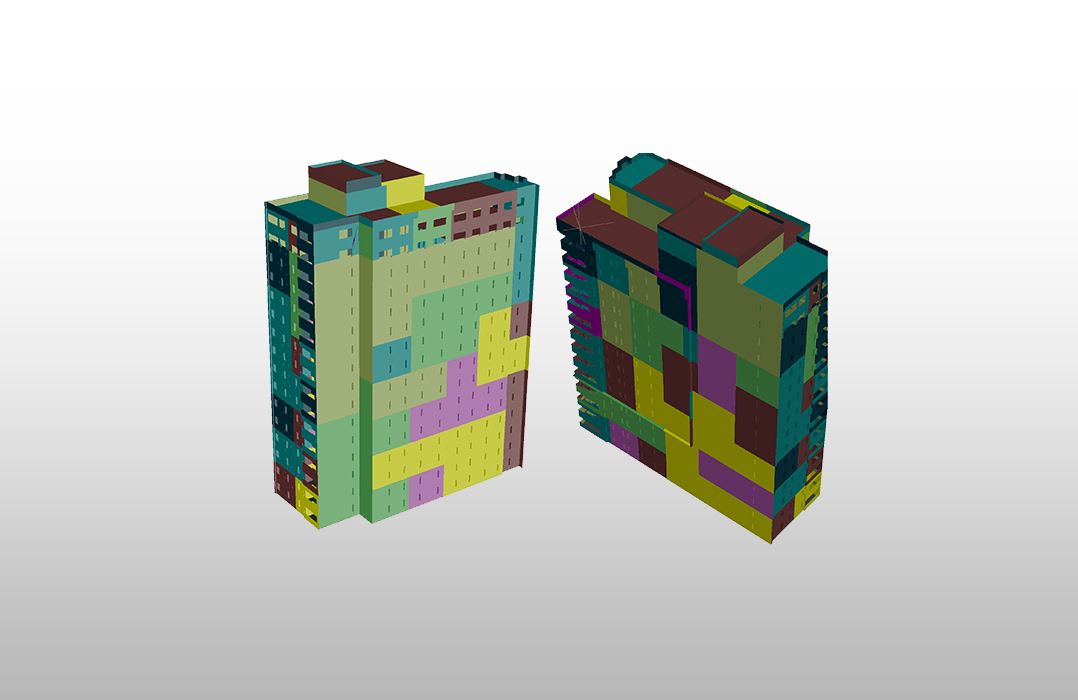
Calculation of Wind Loads – I
Especially in tower projects, curtain wall design has become extremely critical in terms of cost, originality and attractiveness during the construction process. It stands in front of us as the most basic element that you can tell that your building is more extraordinary or qualified than the others when viewed from the outside, without living or visiting it. The building, which markets itself with its facade design, is extremely remarkable with its architectural predictions and its facade engineering calculations.

Although façade designs come to the fore with their differences in non-high-rise buildings, their main fatigue emerges in high-rise construction. One of the dynamics that high-rise construction brings to our lives is the change of wind velocitys around the building. We know that wind velocitys at ground level increase with increasing height of buildings. In addition, we can observe how it suppresses the microclimate while walking around or staying around, even during the day. There can also be serious differences between the strength of the wind blowing on the upper floors and the wind velocitys blowing at the pedestrian level. As it is known, the wind profile definition is the logarithmic velocity value that changes depending on the height increase. In the upper floors, there are different dynamics brought about by these high-velocity wind movements in terms of structure, such as wind loads.
With the atmospheric boundary layer theorem, wind load or facade load calculations can even be analyzed analytically. This pressure created by the air (wind) is proportional to the square of its density and velocity. With a very simple approach, let’s assume that the wind velocity is 25 m/s for 10 m height. If we take the density of the air as 1.25 kg/m3, we calculate that the pressure value we will read on the surface can be approximately 40 kg per square meter. These assumptions can be very useful in determining the facade loads of non-high-rise buildings with simple facade types. In parallel with this, we can easily calculate and choose what you can get the load according to the height of the building by looking at the tables according to the local regulations in the documents we provide in the link.

The wind load calculations we consider come to the fore with the change of the form of the buildings, surrounding buildings, topography detail and height. For example, there are other tall buildings around your building. The wind that comes into contact with these buildings may be coming to your structure higher than the free-flowing wind velocity. In some cases, the wind that will come to you can reach your structure at a lower velocity with the barrier formed by other structures. In this case, you need to define a design criterion for the load value that will occur on the facade.
However, we know that wind accelerations may occur due to the form of your building. Let’s focus on a design that includes two tower buildings and serves as a shopping center in the lower usage base areas. The winds that are separated by hitting the towers cause the wind force in the lower floors to hit the facade faster due to the narrowing of the cross-section between the buildings. In the literature, we give the name of compression load (positive pressure) to the forces coming directly against the facade, while we call the forces at the point where the rapid wind is tangent to the surface of the flow separating the suction load (negative pressure). In our following articles, we will talk about exactly how we calculate these values numerically, how to prepare an easily interpreted report of wind load values.




